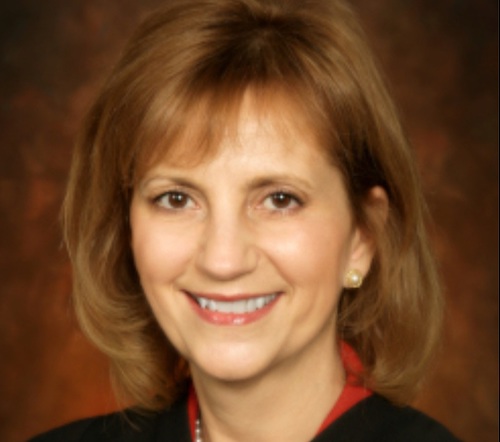Photo: YouTube
Movie buffs will never forget the scene in All the President’s Men. In that dark parking garage, Deep Throat whispers, “Follow the money.” Listening intently, George Santos nods.
Oh, wait. Santos wasn’t there.
Nor was he ever a college volleyball star, the recipient of two knee replacements, a brain cancer survivor, or a Wall Street titan. He’s neither Jewish, nor Jew-ish, but perhaps he can explain to his new friend Marjorie Taylor Greene how those Rothschild-funded space lasers work.
We’ve all had a good laugh at New York Rep. George Santos (R), who is currently under investigation by at least four different entities in two countries. But we can’t overlook the troubling question behind his lies: where does his money come from?
What little we can gather only makes the question more pressing. He worked for Florida investment firm Harbor City Capital, which the Securities and Exchange Commission accused of being a Ponzi scheme that stole millions of dollars. Did his money come from fleeced investors?
Other clues of potential misconduct abound.
He was a candidate in a tight race, yet his leadership PAC contributed thousands of dollars to at least two other politicians, including $25,000 to New York Republican Lee Zeldin’s failed gubernatorial bid. It’s an anomaly that’s highly suggestive that Santos was merely the funnel for another donor behind the scenes.
Santos benefitted from $25,000 spent by RedStone Strategies, which was not registered as a political group. He lent his own campaign $700,000, riches that he claims came from a company he registered, dissolved a year later, and then reinstated. In the latest scandalous revelation, his campaign staffers were accused of charging donors’ credit cards for thousands of dollars’ worth of unauthorized donations.
This is shocking enough without considering the other sensational details of how Santos spent his mystery money — on lavish trips to Las Vegas and Atlantic City, “donor lunches” at Bergdorf Goodman, and even to pay his rent, to name a few. So where were the regulators while Santos raised and then burned through campaign cash?
Well, the Federal Election Commission was writing letters. To be precise, it sent Santos’s team 20 inquiries in the last election cycle about irregularities in its campaign filings, including excessive donor contributions, numbers that didn’t add up, and missing information about loans to the campaign. But aside from the letter writing, there’s no evidence the FEC took action after stumbling on practices that ranged from suspicious to downright illegal.
Unlike the media or the Democrats, the FEC seemed at least to have noticed a big problem — but it was essentially powerless to do anything.
In the deregulated environment created by a toothless FEC and Citizens United, which will mark its 13th anniversary this weekend, con men and fabulists like George Santos can roam freely. If he is prosecuted, as seems likely, it will be because of a train of events set in motion by his lurid fibs, not his fishy campaign finance filings.
Since Buckley v. Valeo in 1976, the Supreme Court has held there’s no risk of corruption from candidates who self-fund their campaigns. Its logic was amplified to absurdity by Citizens United. Super PACs can raise and spend unlimited funds because they have independence from candidates, circumstances every bit as fictitious as Santos’s fables. It’s a world suited to someone with no sense of right and wrong, no conscience (what journalist H.L. Mencken once defined as “the inner voice that warns us somebody may be looking”).
I grew up in the congressional district where Santos won. It was the town fictionalized as West Egg, home of another fabulist, F. Scott Fitzgerald’s Jay Gatsby. Until we restore the rule of law in our politics, we will allow “careless people” like Gatsby and Santos to “smash[] up things and creatures and then retreat[] back into their money or their vast carelessness, or whatever it was that kept them together, and let other people clean up the mess they had made.”
Michael Waldman is president of the Brennan Center for Justice at NYU School of Law.






